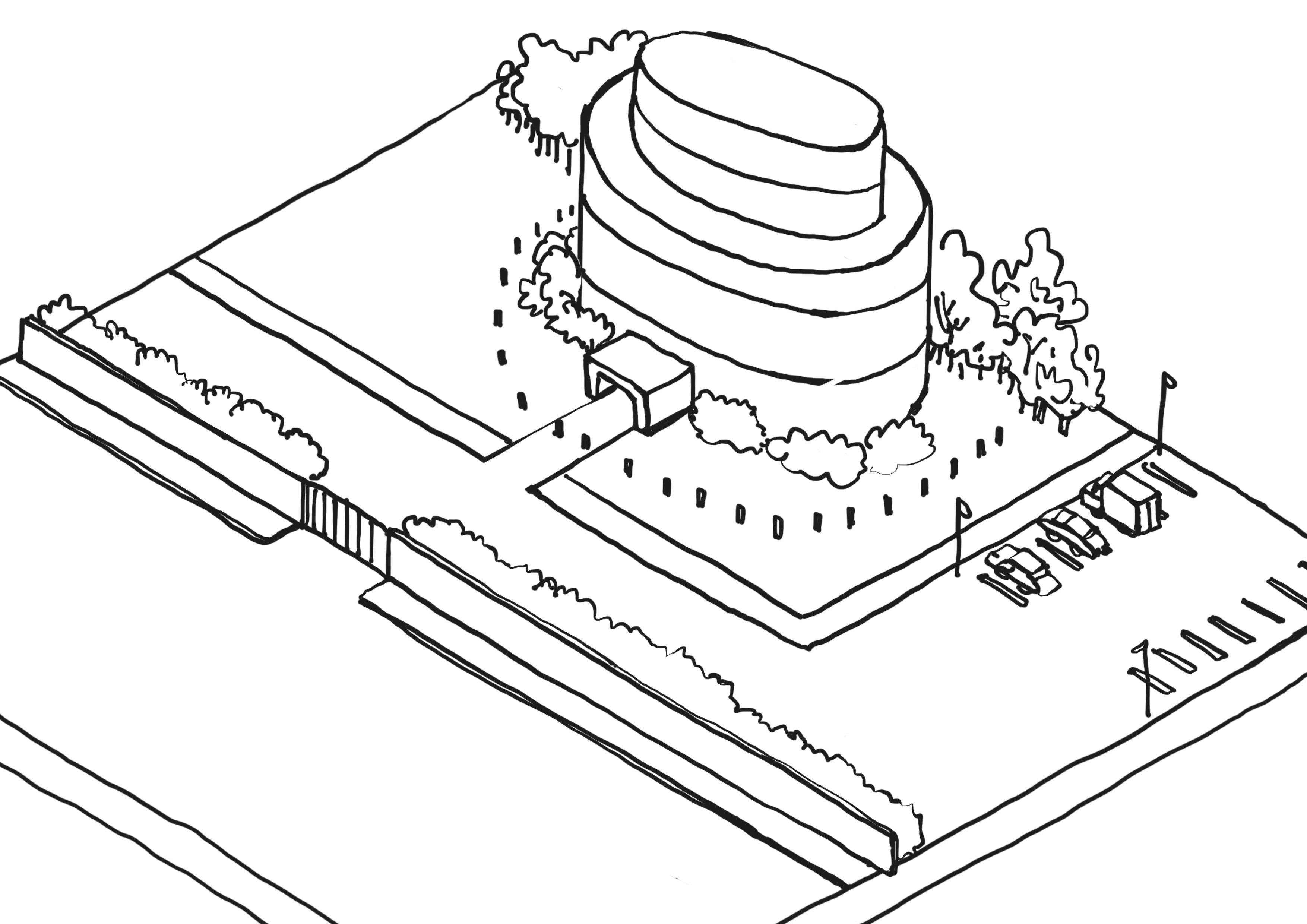Explosives

Until now, the largest attack involving explosives in Scandinavia occurred in the summer of 2011 when, Anders Behring Breivik, parked a van full of homemade explosives outside the government building in Oslo. At that time, unauthorised persons could drive very close to the building; something that has since been changed by, among other things, the installation of bollards in the area's perimeter.
When mitigating the threat from large quantities of explosives transported in a vehicle, the same security principles can be applied as for vehicle attacks. However, in the case of explosives, the protective security measures must follow standards for explosion resistance and pressure. In addition, can also affect the impact of blast waves from an explosion.
In the case of attacks with small explosives, where a person carries such devices with them, it can be challenging to achieve security in public spaces. Here, attackers can get close to their victims - without necessarily being a visible threat - and trigger their explosives with fatal consequences. However, as with protection against other hand-held or person-borne weapons, if perimeter protection or access control is used for an event, electronic surveillance such as scanners and CCTV can be used for early detection.
On the other hand, if it is in a building that one wishes to secure against attacks with explosives, one will have a much greater opportunity to do so. As with protection against firearms, access-controlled sectioning, the establishment of safe rooms, and the strategic placement of staff can be used to enhance security.
When protecting the building structure against explosion impact, a subject matter expert should be consulted, as this will require calculations of the strength of the structure. In relation to , regarding explosion protection are followed.

